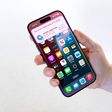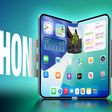There are many hidden features in both macOS and iOS that often go under the radar, either because they haven't received a lot of attention from Apple in marketing materials or they've been forgotten after a period of time.
In our latest video over on YouTube, we've done a second video in our macOS tips series, offering up some useful tricks and shortcuts you might not know about.
- Custom Keyboard Commands - You can create custom keyboard commands for specific applications or for all of your apps by going to System Preferences --> Keyboard --> Shortcuts and choosing App Shortcuts. From here, click on the "+" button to add a new keyboard shortcut and a title for it. In our example in the video, we've replaced standard paste with paste and match style, which strips out formatting for copy pasted content. With this replacement, when we use the Command + V keys to paste, it uses paste and match style instead of regular paste.
- Spotlight Calculator - Rather than opening up the calculator app, you can use Spotlight to do quick and easy calculations. Just type Command + Space to open up spotlight and type in the simple math problem you need to solve.
- Using Keychain Access to Find WiFi Passwords - If you've forgotten the password to a WiFi network, you can use Keychain Access to figure out what it is. Open up the Keychain Access app and then choose "System" to see all of the saved passwords for WiFi networks you've connected to. Select one, click on "Show Password," enter your account credentials, and the info will be shown in plain text. You can access all of your saved logins and passwords in Keychain Access if needed.
- Hide the Menu Bar - A lot of people have their docks hidden for more available screen space when the dock isn't in use, and you can do the same thing with the menu bar at the top of your Mac. Go to System Preferences --> General and then check the "Automatically hide and show the menu bar."
- Touch Bar Escape Keyboard Command - If you hate the non-physical escape key on Apple's Touch Bar MacBook Pros, there's a keyboard command alternative that's supported by most apps. Use Command + Period in lieu of the escape key to do things like exit out of full screen windows.
- Make Minute Volume and Brightness Adjustments - If you hold down Option + Shift while you use your volume or brightness keys, you can adjust the brightness or volume in smaller increments.
- Use Command + Tilde to Switch Between Windows - If you have multiple windows of the same application open, you can shift between them quickly using Command + Tilde. So, for example, if you have a ton of Safari windows open, this keyboard command will let you sort through them quickly.
For more of our how tos and guides, make sure to check out our How To and Guide roundup sections on the site. For more Mac specific tips, keep an eye on our macOS High Sierra roundup and our macOS Mojave roundup, where we highlight macOS tips and tricks in addition to everything you need to know about the two operating systems.
Have some awesome lesser-known tips and tricks for macOS that more people should be aware of? Let us know in the comments and we may include them in a future video.


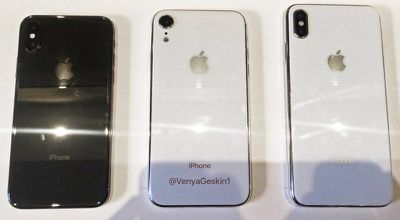
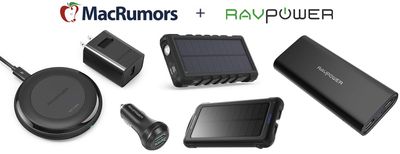 Note: MacRumors is an affiliate partner with some of these vendors. When you click a link and make a purchase, we may receive a small payment, which helps us keep the site running.
Note: MacRumors is an affiliate partner with some of these vendors. When you click a link and make a purchase, we may receive a small payment, which helps us keep the site running.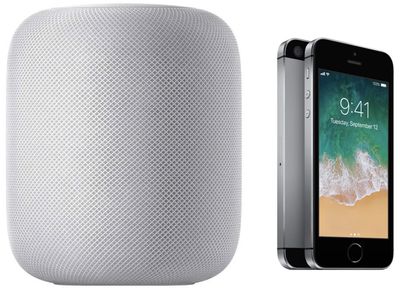
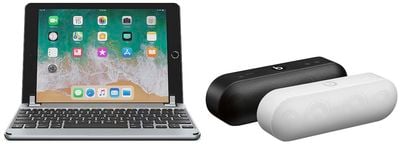
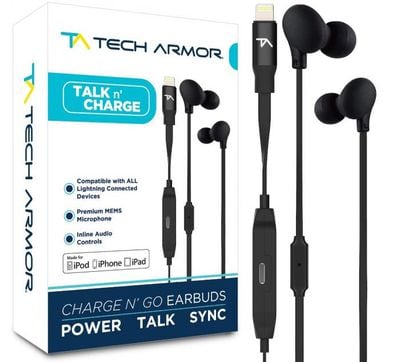

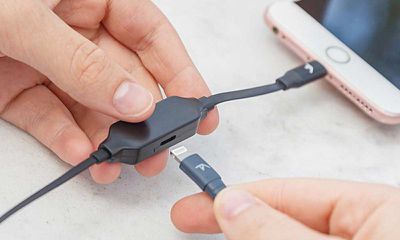
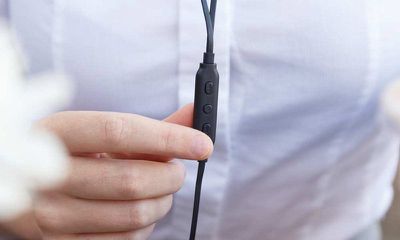

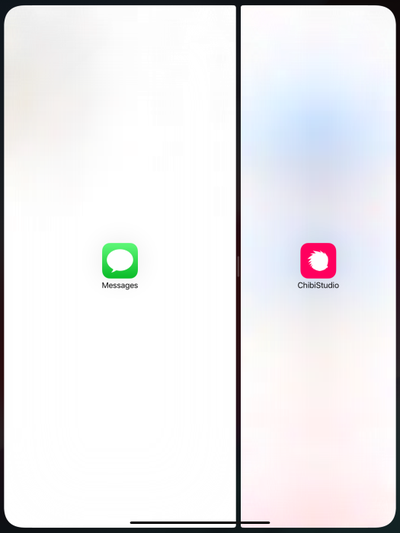
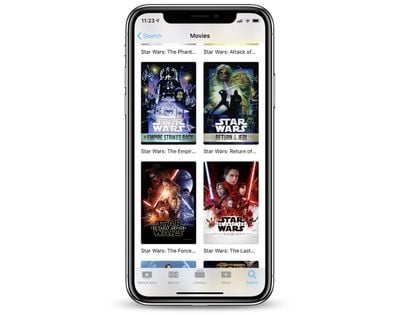
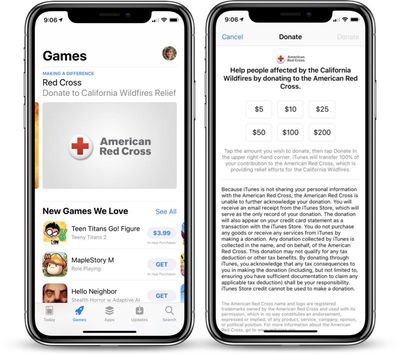


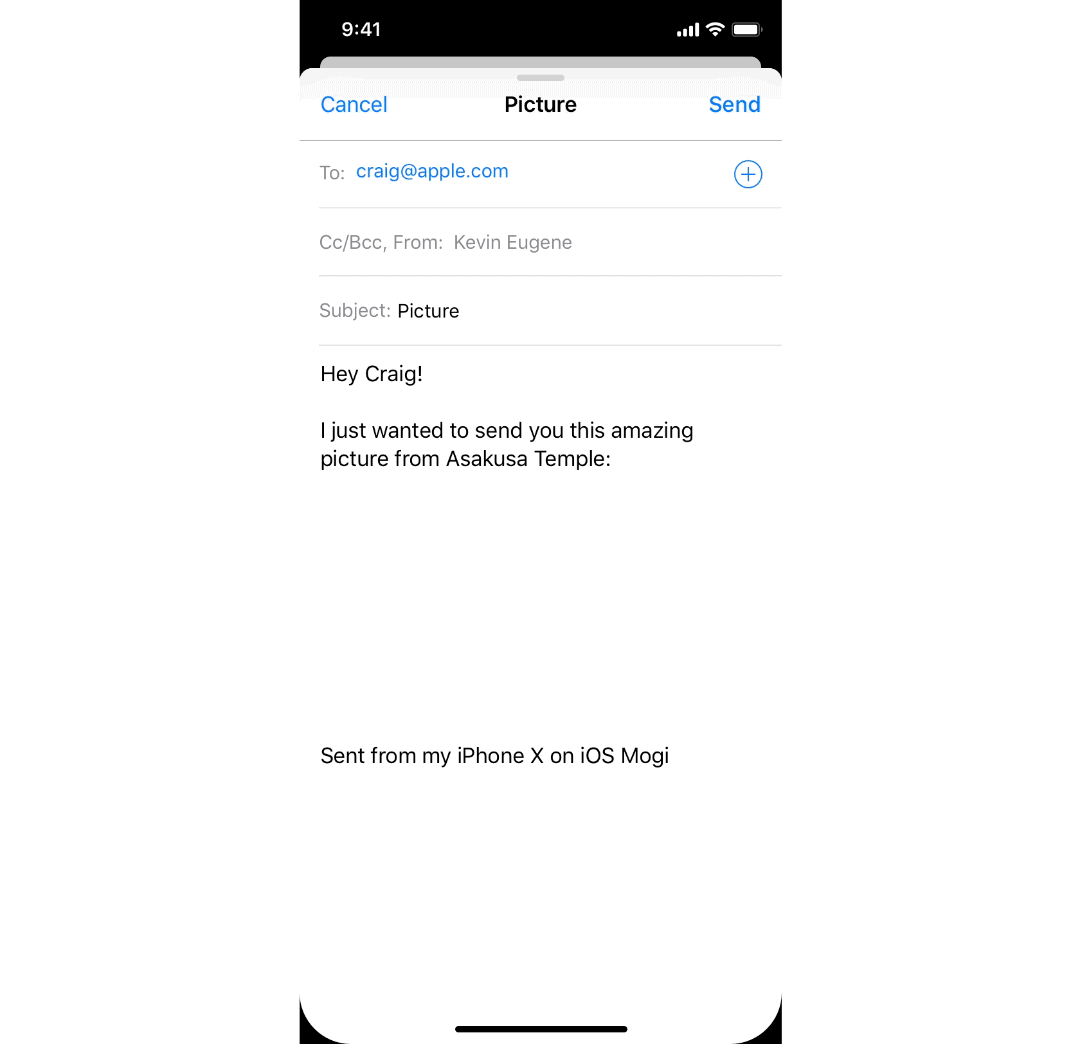
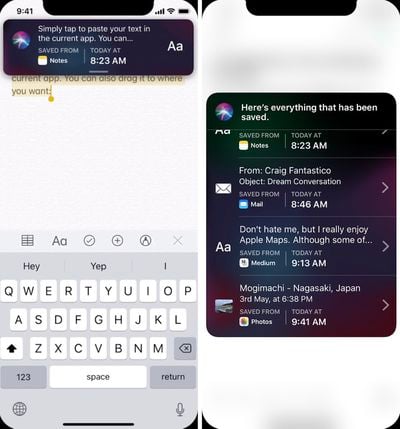


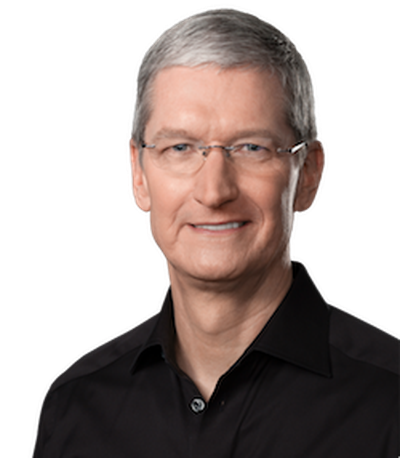 Apple today
Apple today 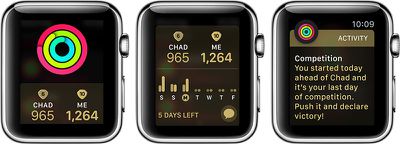
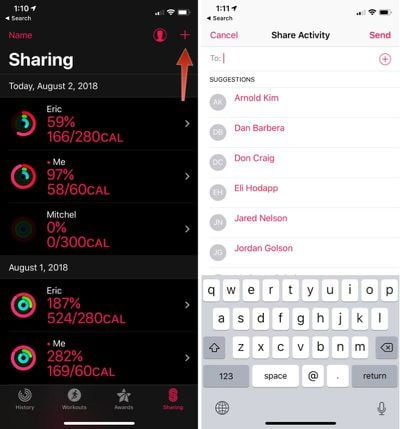
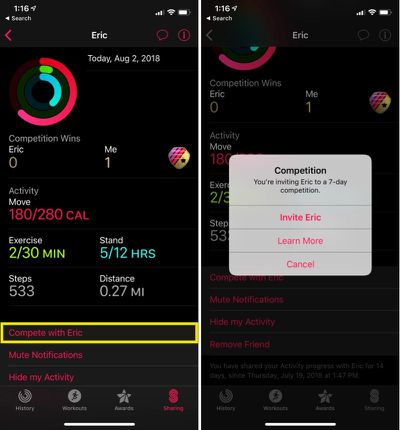
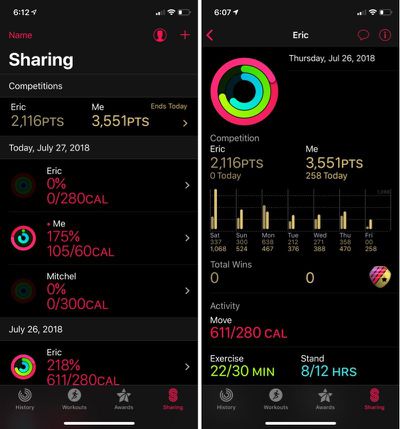
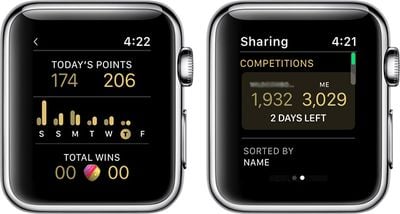
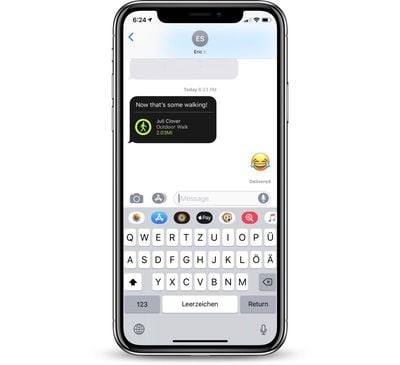
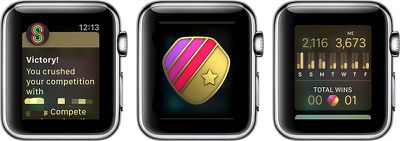
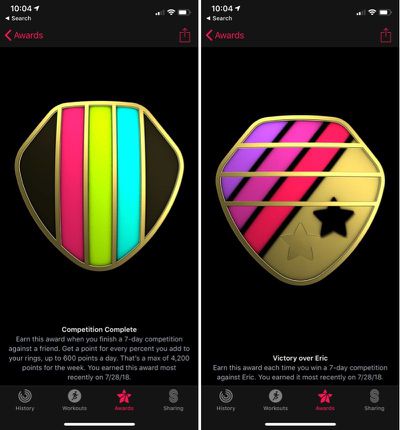
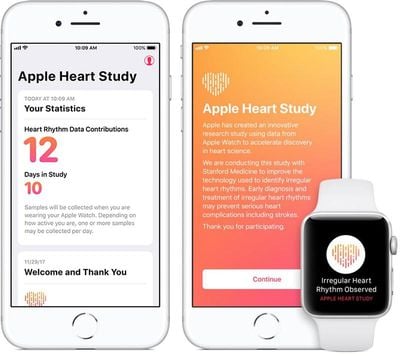
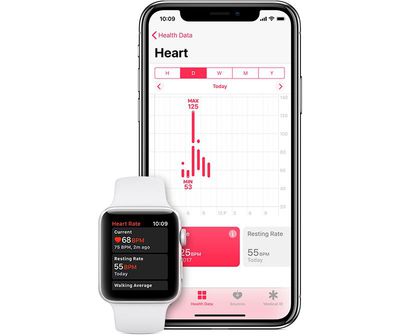
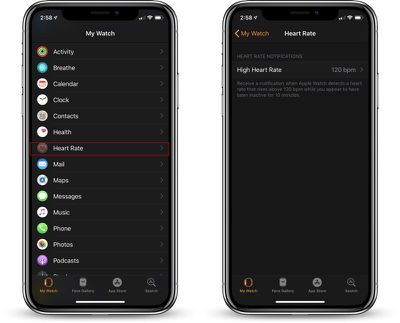

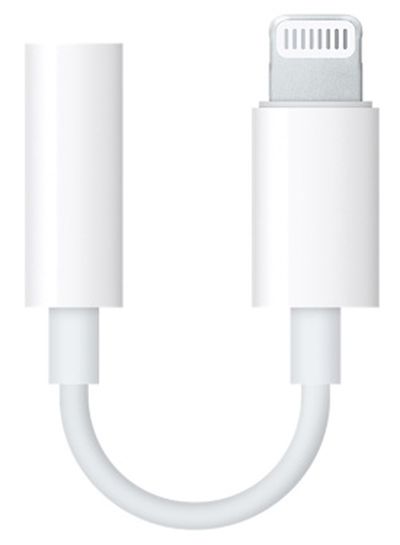 It has been nearly two years since Apple released the iPhone 7 without a headphone jack, forcing users who still use wired headphones to plug them into the Lightning connector using an adapter included in the box.
It has been nearly two years since Apple released the iPhone 7 without a headphone jack, forcing users who still use wired headphones to plug them into the Lightning connector using an adapter included in the box. Note: MacRumors is an affiliate partner with these vendors. When you click a link and make a purchase, we may receive a small payment, which helps us keep the site running.
Note: MacRumors is an affiliate partner with these vendors. When you click a link and make a purchase, we may receive a small payment, which helps us keep the site running.











